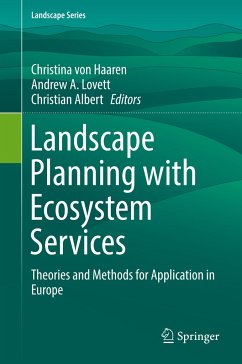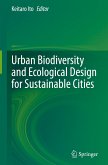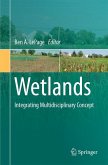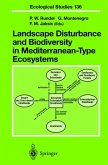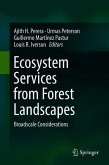Human well-being depends in many ways on maintaining the stock of natural resources which deliver the services from which human's benefit. However, these resources and flows of services are increasingly threatened by unsustainable and competing land uses. Particular threats exist to those public goods whose values are not well-represented in markets or whose deterioration will only affect future generations. As market forces alone are not sufficient, effective means for local and regional planning are needed in order to safeguard scarce natural resources, coordinate land uses and create sustainable landscape structures.
This book argues that a solution to such challenges in Europe can be found by merging the landscape planning tradition with ecosystem services concepts. Landscape planning has strengths in recognition of public benefits and implementation mechanisms, while the ecosystem services approach makes the connection between the status of naturalassets and human well-being more explicit. It can also provide an economic perspective, focused on individual preferences and benefits, which helps validate the acceptability of environmental planning goals. Thus linking landscape planning and ecosystem services provides a two-way benefit, creating a usable science to meet the needs of local and regional decision making.
The book is structured around the Driving forces-Pressures-States-Impacts-Responses framework, providing an introduction to relevant concepts, methodologies and techniques. It presents a new, ecosystem services-informed, approach to landscape planning that constitutes both a framework and toolbox for students and practitioners to address the environmental and landscape challenges of 21st century Europe.
This book argues that a solution to such challenges in Europe can be found by merging the landscape planning tradition with ecosystem services concepts. Landscape planning has strengths in recognition of public benefits and implementation mechanisms, while the ecosystem services approach makes the connection between the status of naturalassets and human well-being more explicit. It can also provide an economic perspective, focused on individual preferences and benefits, which helps validate the acceptability of environmental planning goals. Thus linking landscape planning and ecosystem services provides a two-way benefit, creating a usable science to meet the needs of local and regional decision making.
The book is structured around the Driving forces-Pressures-States-Impacts-Responses framework, providing an introduction to relevant concepts, methodologies and techniques. It presents a new, ecosystem services-informed, approach to landscape planning that constitutes both a framework and toolbox for students and practitioners to address the environmental and landscape challenges of 21st century Europe.

